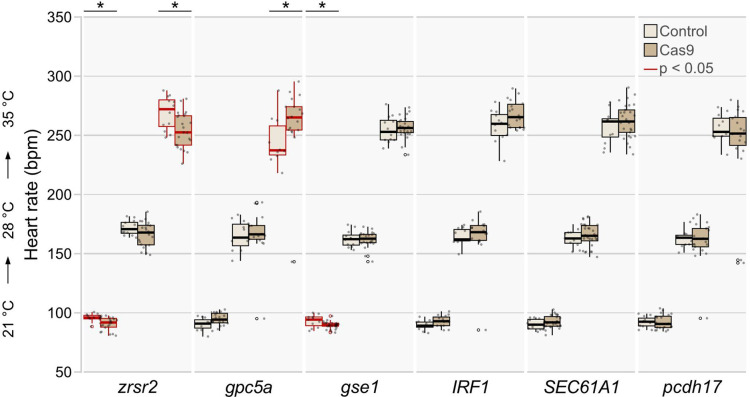Extended Data Fig. 5: Loss-of-function candidate gene mutations affecting the heart rate level of medaka embryos.
Heart rate distributions of morphologically normal CRISPR-Cas9-mediated gene loss-of-function embryos and mock-injected control embryos at 4 dpf at 21°C, 28°C, and 35°C. The significance of heart rate differences between the mutant group and its corresponding control was tested with the Wilcoxon test; *, p<0.05, **, p<0.01, ***, p<0.001 (p-values for all comparison groups are listed in Extended Data Table 3). Data is visualized as box plots (median+/− interquartile range) and overlaid scatter plots of heart rate measurements; zrsr2 mutants and gse1 mutants show a temperature-dependent significant decrease in heart rate, in contrast, gpc5a mutants show a significant increase in heart rate at 35°C.

